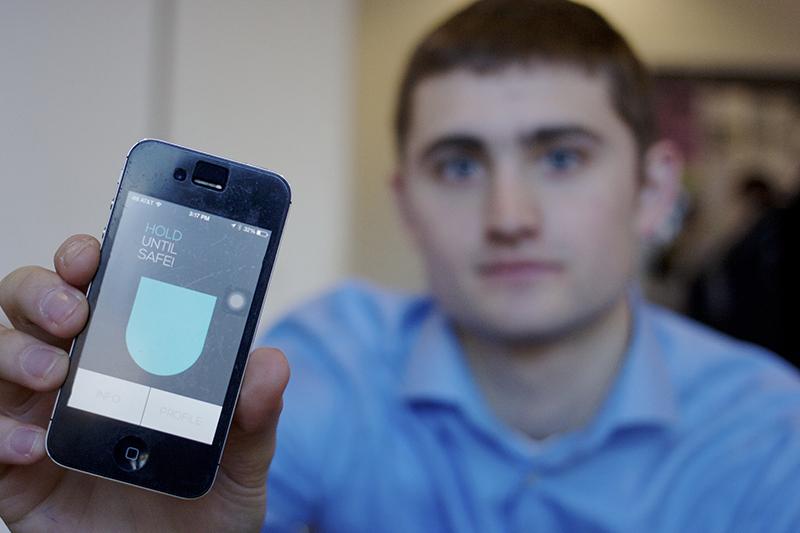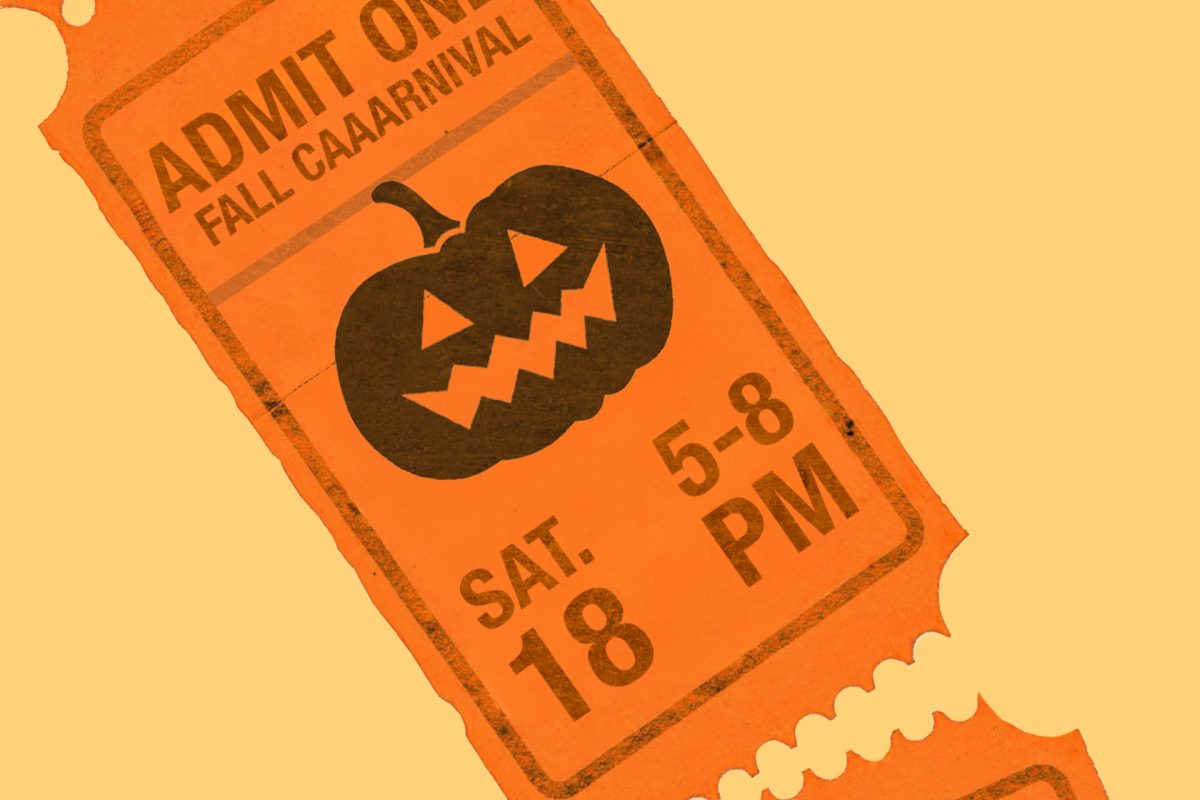When Samantha Green was a freshman, she would study at Ellis Library late into the night, and after leaving, she would begin a hurried walk to the parking garage.
Green had no comfort in walking alone in the dark, and she called her parents, friends — whoever came to mind.
“I think that the biggest thing for me is that extra feeling of security that could help in emergency situations,” she said.
Zach Beattie, a senior studying business administration and a man who knows no fear of failure, created a new security net which soon replaced Green’s calls.
Last October, Beattie launched SafeTrek, a mobile phone application in which a user holds down a button when he or she feels unsafe. If the user releases the button, police are notified after 10 seconds and can track the user via GPS coordinates.
False alarm? Type in the preset four-digit PIN number and the alert is canceled.
“We wanted it to be extremely simple,” Beattie said. “You open it up, there’s a brief tutorial, you hold the button, and when it’s done, you enter your PIN.”
Beattie has worked for New Student Programs in past years at MU, and he was frequently asked how to make campus a safer environment for students. Students responded that the campus’ blue light emergency phone system, in which people can press a button for help at various blue light towers, would work, but Beattie saw flaws in the costly system. It cost $65,000 per year.
“The more you think about it, it’s not really that practical to press the emergency button,” he said. “Do you keep running? Do you stay there?”
Beattie then sifted through The Maneater’s archives and realized that the blue lights were rarely used, anyway. His solution, SafeTrek, was conceived at the SEC Exchange in January 2013 and born in May 2013 when he collaborated with now-senior Natalie Cheng and then-senior Zach Winkler in the Reynolds Journalism Institute Tech Showcase.
Teams had to create the best Windows 8 phone application and, with Winkler developing the app and his partners planning the business side of things, Beattie’s team won.
Since the launch of the application, the trio has expanded to a larger team that includes former Missouri Students Association President Nick Droege. The program has also grown as it has garnered more than 5,000 downloads.
Last week, Beattie and the makers of SafeTrek sold the $2 application, which runs on iPhone and Android, for free. But that’s only a glimpse of the vision SafeTrek’s makers carry.
“The ultimate goal in the app isn’t just the downloads for users,” Beattie said. “It’s so we can create heat maps of cities of where people feel unsafe.”
Since it launched the app, the SafeTrek team has worked alongside local police departments to create a complement to the application: a police dashboard. When the application is used, locations are marked and tracked on the dashboard. After a steady group of people uses SafeTrek, police departments and the company can see which locations are making people feel insecure.
After that, they can work together to find the problem and solve it, improving peace and safety. It’s innovation rethinking age-old concepts of security, technology’s mark on yet another facet of society.
“If you have a good developer, they could probably sit down in a couple weeks and recreate our app,” Beattie said. “That’s why we think the data is more valuable than the app itself. Where we have value is we now have a user base who’s using it. That’s what can carry us down the road.”
SafeTrek is also moving forward geographically. It’s trying to differentiate with a focus on college campuses, but it’s also targeting large cities in the midwest: Kansas City, St. Louis and Chicago. Beattie said the team is trying to have people manage the data for each city.
For a pair of weeks in the winter, Green, now a first-year law student, interned with a federal judge at the Thomas F. Eagleton Courthouse in downtown St. Louis. Green came to work early in the morning and stayed until the night, making her way from metro stop to metro stop.
Her surroundings this time were more unfamiliar and she was more wary of them, so she turned to her cellphone. Instead of her past tactics, though, she used SafeTrek.
“Nine times out of 10, I don’t feel the need to use it,” said Green, who met Beattie and Droege through MSA. “For that one instance (though), it’s nice to have it in my pocket. Even if I’m just kind of feeling unsafe, I have it. And if I have it, why not use it?”








